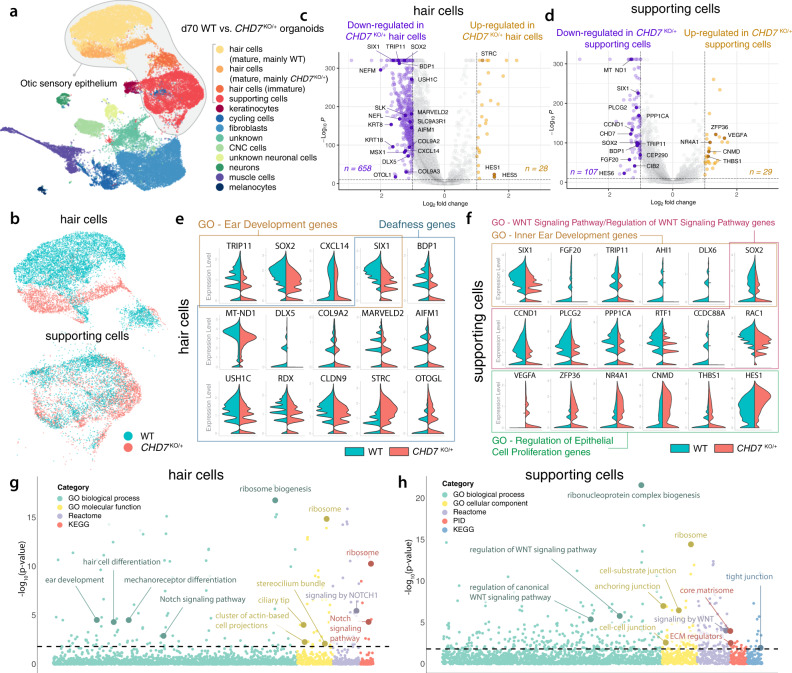Fig. 6. scRNA-seq of d70 WT and CHD7KO/+ organoids revealed the importance of CHD7 in sensory epithelium development.
a, b d70 WT and CHD7KO/+ organoids were micro-dissected and FACS-isolated into POU4F3nT-positive and -negative populations. UMAP plot and cluster annotation of merged datasets of these four groups of cells were shown in (a), and UMAP plots of the hair cell and supporting cell subsets were shown in (b). Data represent 34,703 total cells (a), 9884 hair cells, and 6273 supporting cells (b). c, d Volcano plots of differentially expressed genes in CHD7KO/+ hair cells (c) and supporting cells (d). e, f Split-violin plots of key genes dysregulated in CHD7KO/+ hair cells (e) and supporting cells (f). g, h Bubble plot of enriched gene sets from downregulated genes in d70 CHD7KO/+ hair cells (g) and supporting cells (h). For DE analysis in (c and d), the two-sided test DESeq2 was used, and adjustments were made by the Benjamini-Hochberg method for multiple comparisons. For GSEA using the one-sided iDEA platform shown in (g and h), adjustments of p-values were made by the Louis method.

